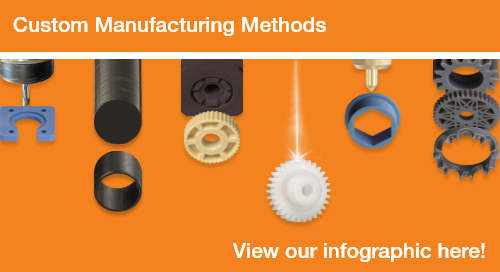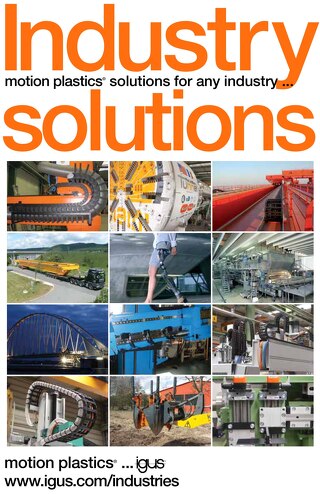Most common materials used in 3D printing
As 3D printing becomes more mainstream and grows in complexity, new ways of printing and new materials to print with are being developed. It can feel daunting trying to choose which process/material combination is right for your part. Some parts can even be made by combining multiple different materials. This blog aims to go over the most common materials used in various types of 3D printing, their advantages and disadvantages, and what types of applications they’re best suited for.
Common FDM Materials Used in 3D Printing
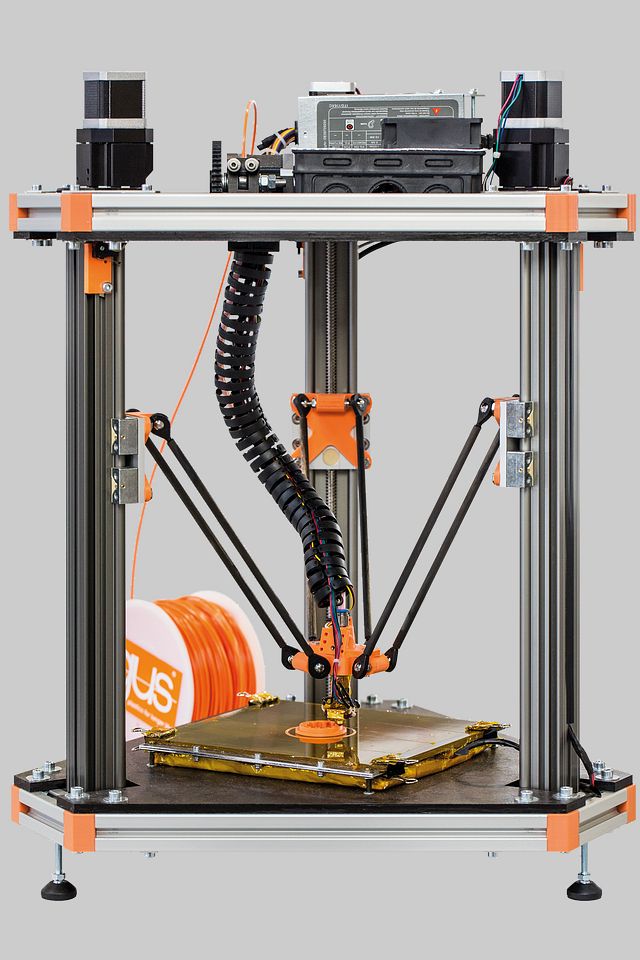 FDM (Fused deposition modeling) printing is the ideal choice for hobbyists and cases where speed is the most important factor. FDM printers use a heated nozzle to melt and subsequently extrude the filaments layer by layer to create the finished product. Materials like ABS, ASA, and PLA are some of the most commonly used for FDM printing.
FDM (Fused deposition modeling) printing is the ideal choice for hobbyists and cases where speed is the most important factor. FDM printers use a heated nozzle to melt and subsequently extrude the filaments layer by layer to create the finished product. Materials like ABS, ASA, and PLA are some of the most commonly used for FDM printing.
ABS
ABS (Acrylonitrile Butadiene Styrene) is a highly durable, rigid material. So much so, in fact, that LEGO bricks are made with it! Not only is it durable but it’s also resistant to heat, making it ideal for high temperature applications.
Unfortunately ABS is susceptible to warping or breakage as it cools, so special care needs to be taken to control the temperature during cooling. ABS also gives off pungent, potentially harmful fumes during printing, so proper ventilation is key.
ASA
Originally developed to be an alternative to ABS, ASA (Acrylic Styrene Acrylonitrile) boasts a higher UV and temperature resistance than ABS. Care needs to be taken due to the higher temperature resistance however, as overheating can more easily occur.
ASA has similar drawbacks to ABS, namely potentially dangerous fumes during printing and risk of warping or breakage during cooling. However, thanks to the increased UV resistance, ASA is preferred for outdoor applications.
PLA
PLA (Polylactic Acid) is a widely used material in desktop 3D printing. It’s cheap, able to be printed at a low temperature, and is even sourced from crops like sugarcane and corn, making it biodegradable.
The most common issue with PLA is oozing or stringing during printing, due to the low temperature resistance. This can be offset by rapid cooling and using the proper nozzle temperature.
Common SLS Materials Used in 3D Printing
SLS (selective laser sintering) printing uses a laser to fuse the printing material together layer by layer. Its primary use is in industrial applications, due to higher operating costs and the large size of SLS printers. The most common material used for SLS is Nylon, but other materials such as PP and TPE see some use as well.
Nylon
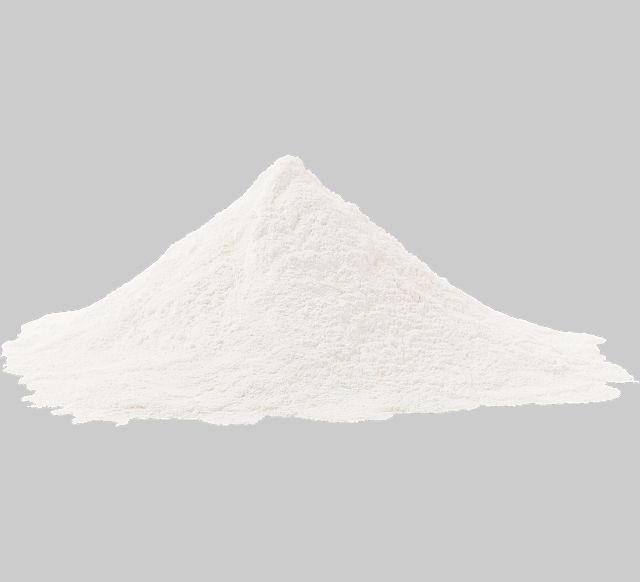 Nylon is best known for its flexibility and toughness. It’s used in a wide array of applications due to these characteristics. It can even be used as a material for “cold pulling”, which helps clear debris from the nozzle of FDM printers.
Nylon is best known for its flexibility and toughness. It’s used in a wide array of applications due to these characteristics. It can even be used as a material for “cold pulling”, which helps clear debris from the nozzle of FDM printers.
The biggest drawback to nylon is its tendency to absorb water, which causes defects during the printing process. Nylon filaments need to be stored in airtight containers, and aren’t suitable for applications in humid environments.
PP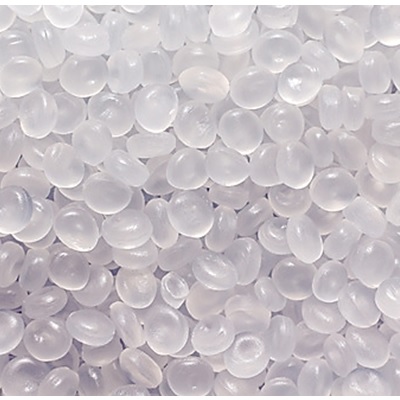
PP (Polypropylene) is another common SLS material, though much less so than Nylon. Its biggest advantage over other materials is its high fatigue resistance, ideal for low-strength applications with high repeatability.
One factor preventing PP from seeing more widespread use is the heavy warping it undergoes during cooling. It’s also one of the more expensive print materials out there, limiting its usage even further.
TPE
 TPE (Thermoplastic Elastomer) is a rubber-like material with high flexibility. It’s able to be stretched and compressed without losing its original shape, making it ideal for vibration-dampening and providing impact-resistance.
TPE (Thermoplastic Elastomer) is a rubber-like material with high flexibility. It’s able to be stretched and compressed without losing its original shape, making it ideal for vibration-dampening and providing impact-resistance.
Many different materials fall under the larger TPE umbrella, such as TPU (Thermoplastic Polyurethane) and TPA (Thermoplastic Polyamides). Generally speaking the materials are similar, all having high flexibility and the potential to be recycled through molding and extrusion.
Common SLA Materials Used in 3D Printing
One of the oldest 3D printing processes, SLA (stereolithography) uses specific light wavelengths to cure liquid resin into a solid. All SLA printers use resin to print, but there are a number of different types of resin, including standard, clear and tough resin. All 3D print resins are toxic in liquid form, so special care needs to be taken in handling them.
Resins
All 3D print resins share certain features. They’re stiff/brittle when cured, offer a smooth surface finish similar to injection-molded parts, and can support high levels of detail within the part itself. They also cannot be left outside or in direct sunlight, as the UV radiation can change the properties of the resin, making it more brittle and susceptible to breakage.
Standard Resin
The most commonly available and cheapest resin option, standard resin is the go to for most SLA-printed objects. Variants of standard resin are available, with color typically denoting the particular properties of the resin.
Clear Resin
Clear resin differs from standard in that – you guessed it – it’s clear! Mechanically it’s nearly the same as standard resin, but can achieve almost complete transparency with proper post-processing. This makes it ideal for light pipes, lenses, fluidic devices, etc.
Tough Resin
The aptly named tough resins are ideal for high-stress applications that standard resin wouldn’t be suitable for. It’s also sometimes referred to as ABS-like resin, due to it having comparable strength and elasticity to ABS.
Common Support Materials Used in 3D Printing
When printing using FDM, supports are often necessary to ensure structural integrity. These supports can’t be made with the same material as the actual part, as there’d be no easy way to separate the two. Therefore, certain materials have been developed to use nearly exclusively as supports in printed parts, though they do have some use as a regular printing material.
HIPS
HIPS (High Impact Polystyrene) is most commonly used with ABS due to the two having similar printing properties. Removal from the part is easy, as HIPS dissolves in d-Limonene, leaving behind only the part itself.
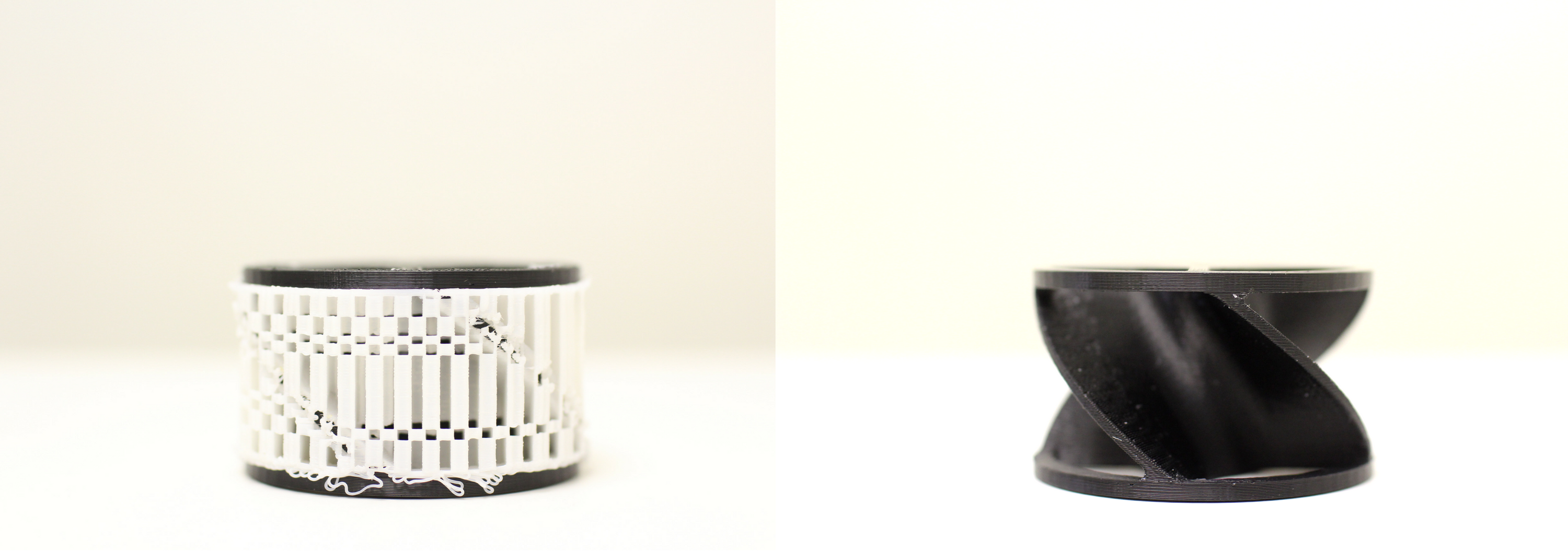
HIPS, like ABS, has a high printing temperature. The best way to maintain the high temperature needed throughout the printing process would be a heating chamber, or a heated bed paired with an enclosed space. Another concern with HIPS is proper ventilation, as it releases toxic fumes during printing.
PVA
Finally, PVA (Polyvinyl Alcohol) is a water-soluble support material. The simplicity of removing PVA supports makes them ideal for particularly complex parts, where other support materials may be too difficult to remove. PVA can also be used for quick prototyping in a pinch.

Water solubility is also a negative for PVA. Extreme care needs to be taken to prevent any water absorption from the atmosphere, so airtight storage is a must. PVA is also expensive, so steps should be taken to minimize the amount of material used when possible.
While 3D printing is an extremely expansive and complex industry, and no single blog can cover every single material out there, hopefully this has shed some light on the more common materials used in 3D printing.

Looking to buy 3D printing materials? Check out our 3D print shop! Want to 3D print something of your own, but don't have access to a 3D printer? igus offers a 3D print service that uses our high-performance iglide® 3D print materials. Still have questions about which material is best for your application? Contact a 3D print expert here, or call us at 800-521-2747


